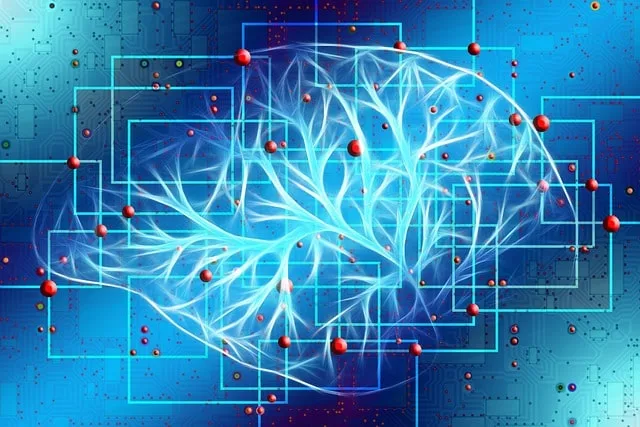
About Convolutional Neural Networks (CNN)
Convolutional neural networks (CNN) in machine learning are a type of artificial neural networks. Furthermore, they revolutionized the field of computer vision, giving us ability to process large detailed images with ease.
Since images in themselves hold immense amount of data, we were limited by the computing power of our computers. Therefore, we needed a type of neural network, that would process them in chunks.
CNNs are useful for exactly that. In a more formal definition, they automatically and adaptively learn spatial hierarchies of features from input data. Meaning they process each data point or image bit by bit with the process we call convolution.
How do convolutional neural networks work
Convolutional neural networks took inspiration from the structure and function of the visual cortex in the brain. Furthermore, it consists of multiple layers of interconnected nodes or neurons, where each layer extracts different features from the input data.
The first layer is usually convolutional layer, which applies a set of filters to the image to extract low-level features like edges and corners. The deeper the network, more complex features it’ll be able to extract.
In order to simplify and squeeze the amount of data flowing through the network, we use pooling layer after each convolutional layer. These type of layers will reduce dimensionality of the data that comes from convolutional layer.
The purpose of pooling layers is to reduce computational costs while still keeping the important data.
After several convolutional and pooling layers, our data will go through one or more fully connected layers. Furthermore, this will map feature data to our desired output of the network.
If we’re working with a classifier, we pass our data through a softmax function, which outputs class probabilities for the image.
Advantages
One of the key advantages of CNNs is their ability to learn features automatically from the input data like images. Therefore, there is no need for handcrafted feature engineering, which can be time consuming and error-prone.
Another advantage of these networks is that it can handle input data of different sizes and shapes, making them ideal for object detection and segmentation. This is because we can preprocess images before feeding them through the network without loosing important data.
We can find CNNs in many state-of-the-art systems today in a wide range of computer vision tasks. Along these sort of tasks, they found their way into other domains aswell, such as natural language processing and speech recognition.
Conclusion
In conclusion, convolutional neural networks are a powerful and versatile tool for machine learning. Furthermore, with further research and development, CNNs have the potential to drive major breakthroughs in artificial intelligence and beyond.
I hope this article helped you gain a better understanding about CNNs in machine learning and perhaps even inspire you to learn about them even more.


